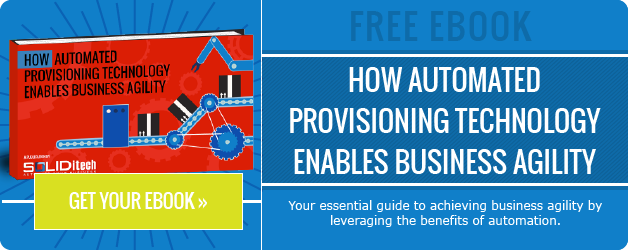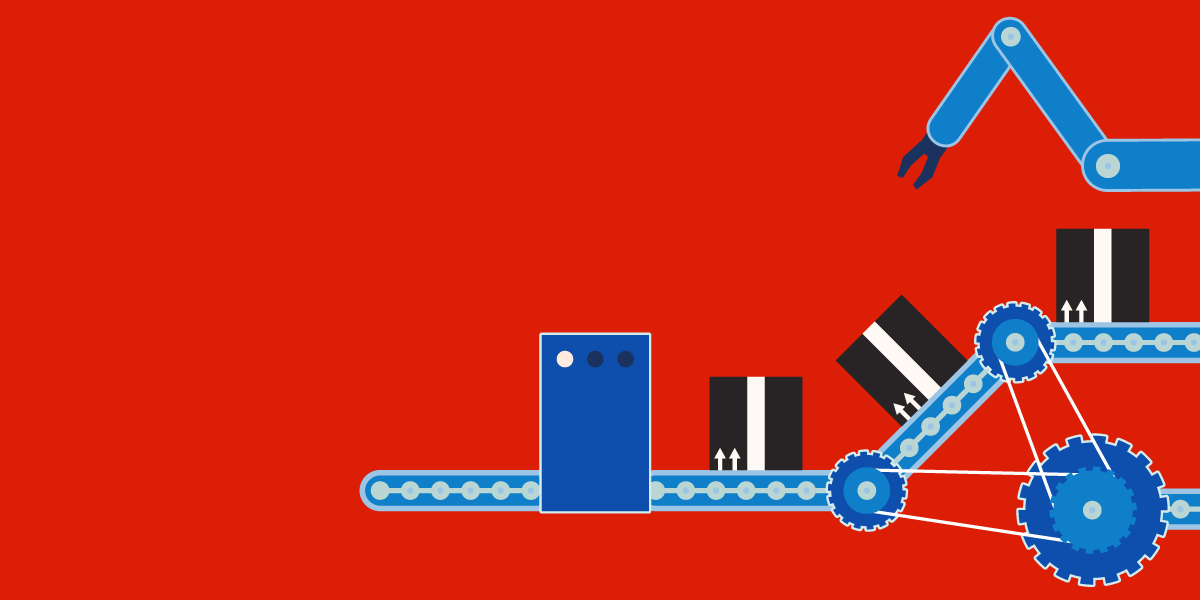As we all know, setting up a successful automated provisioning process isn’t as simple as just stringing a few tasks together with mailto links and hitting “go live”.
Complications arise because of the cross-departmental nature of provisioning processes; Originating from your call centre or Sales teams, they are intrinsically linked through to engineering, installations and then on to the finance department. Not to mention how these internal processes directly and indirectly affect customer satisfaction.
With such a detail orientated and complex collection of processes to compile, understand and automate, it can be hard to keep the bigger picture in mind. So in an effort to make things a little easier for you, we have compiled a complete online automated provisioning checklist you can bookmark and use to make sure your next project is a success.
⬜ Map existing processes and workflows
The wise Lao Tzu said “If you do not change direction, you may end up where you are heading”. Businesses often follow processes simply because it “is the way things have always been done” - rather than because it’s the best way to do things.
Essential to building a clear roadmap to automated provisioning is understanding how your processes and workflows currently work, and who is responsible for each step.
One of the most insightful ways to do this is to pretend you’re a new customer. ‘Purchase’ one of your slightly more complicated services and then to follow your journey through the business. Document the process both from a customers’ and internal staffer’s point of view. Make sure to include all manual steps and highlight key pain-point areas or key tasks that are overly complicated, highly repetitive, or error-prone.
⬜ Communicate the value of automated provisioning to key players
Once you’ve gained a level of insight into the inner workings of your organisation, it is crucial to share your insights with other decision-makers.
This is for 2 reasons:
- To help build an innovation supporting cultureTo get buy-in from other departments and senior decision makers.
As we’ve discussed in previous posts, culture is the cornerstone of automation success. In order to support a culture that embraces new technologies, you need to make sure knowledge is being shared in the right places, with the right people.
A culture that understands the merits of investing in technology that introduces efficiencies is far more likely to prosper. A Gartner survey of over 300 companies revealed that “....70% of those who are leading digital business transformation are making new technology a top priority, meaning CIOs and tech leaders are pivotal to making digital happen.”
This places C-level IT professionals in a key position to drive technological changes and help build a culture that supports innovation from the top-down.
-
As IT leaders work closely with key players throughout the business, they are ideally positioned to communicate the value of automated systems. They are also able to articulate the benefits of incorporating technology into daily functions to other decision-makers within the organisation.
This communication builds trust and buy-in, which ensures you have the support you need and pre-empts any pushback that may arise from the angst associated with introducing change in the organisation. Furthermore, creating open lines of communication ensures that departments that are directly affected by the new processes are able to provide input into the final design; building not only a better process that benefits everyone, but also creating a sense of ‘ownership’
⬜ Consider the value automation brings to your customer
Placing your customer at the centre of your automation strategy usually makes securing buy-in from the rest of the business a foregone conclusion. Any employee worth their salt should be well aware of the value gained from adopting this strategy.
Termed by Forrester Research as ‘the age of the customer’, our current market is seeing a significant shift in power in the seller\buyer relationship. Customers are enjoying far more choice, access to information and competitor value offerings that places them in a position to demand conveniences where they see fit. Automation speaks to exactly this need by introducing efficiencies where bottlenecks once existed and thus empowering your workforce to improve service delivery to your customers.
⬜ Finalise your new planned workflows, create a test environment and test, test, test
Once your new workflows have been discussed, agreed on and developed - it’s time to test them. Any high quality automation solution provider will have built a robust testing environment where any additions or alterations to your system can be rigorously tested before being implemented in the live production environment.Testing is critical to discovering if the new functionality actually works. The process also uncovers:
- Any mistakes in the code
- Any tasks that don’t work as expected
- Anything that’s broken
- Outlier cases that the code might not have originally accounted for that need to be factored in
- Whether or not any interacting systems will be negatively affected
Testing also produces tangible results which can be used to promote the solution internally.
⬜ Communicate all changes to your staff and conduct any necessary training or change management programs
An automated provisioning solution is usually replacing one that included multiple manual steps and often people are expected to use an entirely new piece of software.
To make the transition to automation as smooth as possible it’s essential to keep your staff very well informed of any changes you’re putting in place. Communications could be anything from a simple notification email (if you are augmenting an existing process), to a full programme of software training (if the solution is something completely new to the business).
It’s important to note that there can be varying degrees of push-back against automated solutions as people fear that their role will become obsolete. This is one of the many myths of automation. In our experience, when a role that included manual tasks is replaced by automation, the staff member becomes more valuable to the business as their time is freed up to focus on non-menial, non-repetitive tasks.
⬜ Communicate any relevant changes to your customer base
In some cases, a major process shift can result in a change that needs to be communicated to your customer base. These changes are generally very positive and can be used for both marketing and PR purposes.
In the odd case that customers are more directly affected - they need to be forewarned. Not telling them will create multiple frustrating situations for all involved. Not good.
⬜ Go live and monitor closely
So now you’re ready to go live. Aaanndd… go. Just make sure that you do so at a time when your customer base will be least affected.
As with any software updates there will be a period of disruptions that lasts a few days where the dust will settle. What’s important is that you make sure this isn’t during peak times, (when you have more to lose) and that you have the ability to very closely monitor the success of your project.
Dashboards and reporting tools within your automated solution will be able to detail the success of your work, and you’ll be presenting your successes to the board in no time.
⬜ Enjoy a celebratory treat
Sit back, relax and take a rare moment to enjoy your success. Often overlooked, this is a crucial step to the success of future projects. It’s amazing how far a ‘thank you’ and the proverbial pat-on-the back goes when helping to build team self esteem and motivation.
Launching a new automated process can be a tedious task, but you can alleviate some of the stress by using this comprehensive checklist.








![What is Provisioning? [In less than 100 words]](https://blog.soliditech.com/hubfs/what-is-provisioning---UPDATED.png)
Comment